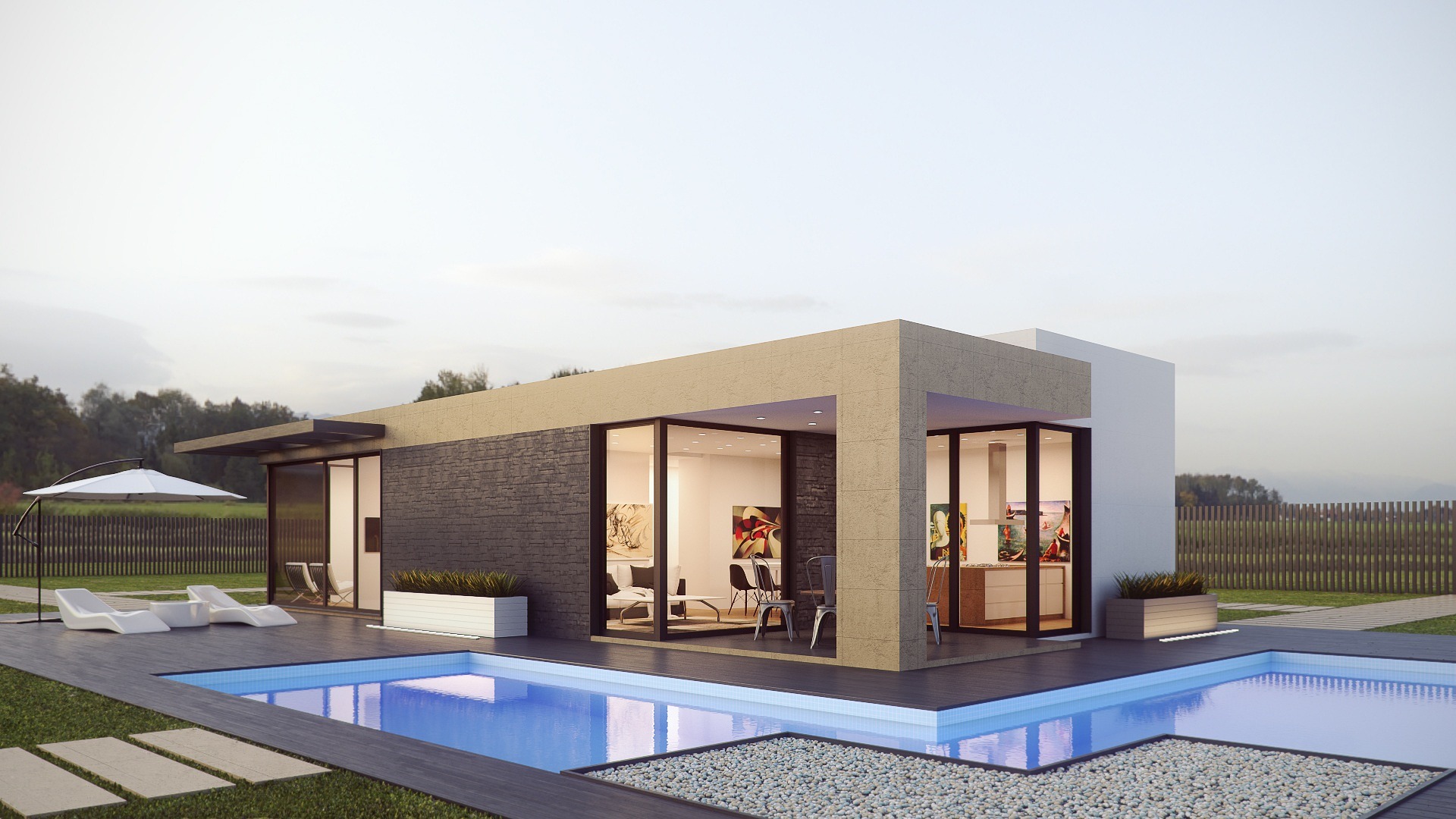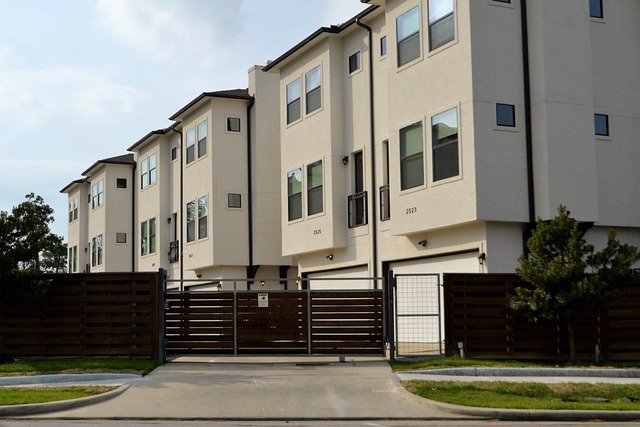Prefabricated Homes: Your Guide to Modern Housing Solutions
Prefabricated homes represent a revolutionary approach to homeownership that combines efficiency, affordability, and quality construction. These factory-built structures arrive at your chosen location in sections or modules, ready for swift assembly by skilled professionals. As housing costs continue to rise across the UK, prefabricated homes offer an increasingly attractive alternative to traditional construction methods, delivering modern living spaces without the extended timelines and unpredictable expenses typically associated with conventional building projects.

Why Choose Affordable Housing Options?
The appeal of prefabricated homes lies primarily in their cost-effectiveness compared to traditional brick-and-mortar construction. Factory production allows manufacturers to purchase materials in bulk, reducing overall costs while maintaining consistent quality standards. The controlled manufacturing environment eliminates weather-related delays and reduces labour costs significantly. Additionally, the streamlined construction process means homeowners can move into their new properties months earlier than with conventional builds, saving on temporary accommodation expenses and reducing the overall financial burden of the building process.
Understanding Size Variety and Flexibility
Modern prefabricated homes come in an impressive range of sizes and configurations to suit diverse household needs and budgets. From compact single-bedroom units perfect for first-time buyers to expansive family homes with multiple bedrooms and living areas, manufacturers offer comprehensive design catalogues. Many companies provide customisation options, allowing buyers to modify floor plans, select interior finishes, and choose exterior materials. This flexibility extends to future expansion possibilities, with some designs specifically engineered to accommodate additional modules should family circumstances change or space requirements grow over time.
Exploring Modern Amenities and Features
Today’s prefabricated homes bear little resemblance to the basic structures of previous decades. Contemporary designs incorporate energy-efficient heating systems, modern kitchen appliances, stylish bathroom fixtures, and smart home technology integration. High-quality insulation, double-glazed windows, and advanced ventilation systems ensure comfort while minimising energy consumption. Many manufacturers offer premium upgrade packages featuring hardwood flooring, granite worktops, and designer lighting fixtures, allowing homeowners to create sophisticated living environments that rival traditionally built properties in both aesthetics and functionality.
Navigating Private Land Placement Considerations
Successfully installing a prefabricated home requires careful attention to land preparation and regulatory requirements. Prospective homeowners must secure appropriate planning permission, which varies depending on the property’s size, design, and intended location. Foundation requirements differ from those of traditional builds, often requiring specialised concrete slabs or pier systems to support the modular structure. Access routes must accommodate delivery vehicles, which may be considerably larger than standard construction trucks. Local building regulations, utility connections, and drainage systems all require advance planning to ensure smooth installation and compliance with UK building standards.
Making Cost-Effective Living Choices
The financial advantages of prefabricated homes extend beyond initial purchase prices to encompass long-term operational savings. Modern manufacturing techniques incorporate energy-efficient materials and systems that significantly reduce heating and cooling costs. Maintenance requirements are typically lower than traditional builds due to the use of durable, weather-resistant materials and precision manufacturing processes. Many prefabricated homes qualify for favourable mortgage terms, and some manufacturers offer comprehensive warranty packages that provide additional financial security for homeowners.
| Home Type | Provider | Size Range | Cost Estimation |
|---|---|---|---|
| Single Bedroom | Quickbuild Homes | 400-600 sq ft | £45,000-£65,000 |
| Two Bedroom | Modern Modular | 700-900 sq ft | £70,000-£95,000 |
| Three Bedroom | Premier Prefab | 1,000-1,400 sq ft | £95,000-£140,000 |
| Four Bedroom | Elite Living Systems | 1,500-2,000 sq ft | £140,000-£200,000 |
| Luxury Family | Bespoke Modular | 2,000+ sq ft | £200,000-£350,000 |
Prices, rates, or cost estimates mentioned in this article are based on the latest available information but may change over time. Independent research is advised before making financial decisions.
The prefabricated housing market continues to evolve, with manufacturers constantly improving design options, construction techniques, and material quality. Environmental considerations play an increasingly important role, with many companies focusing on sustainable materials and carbon-neutral manufacturing processes. As planning regulations adapt to accommodate modern housing solutions and mortgage providers become more familiar with prefabricated construction, these homes represent an increasingly viable path to homeownership. The combination of affordability, quality, and speed of construction makes prefabricated homes an compelling option for anyone seeking to establish their ideal living environment while maintaining financial prudence and embracing innovative building technologies.




